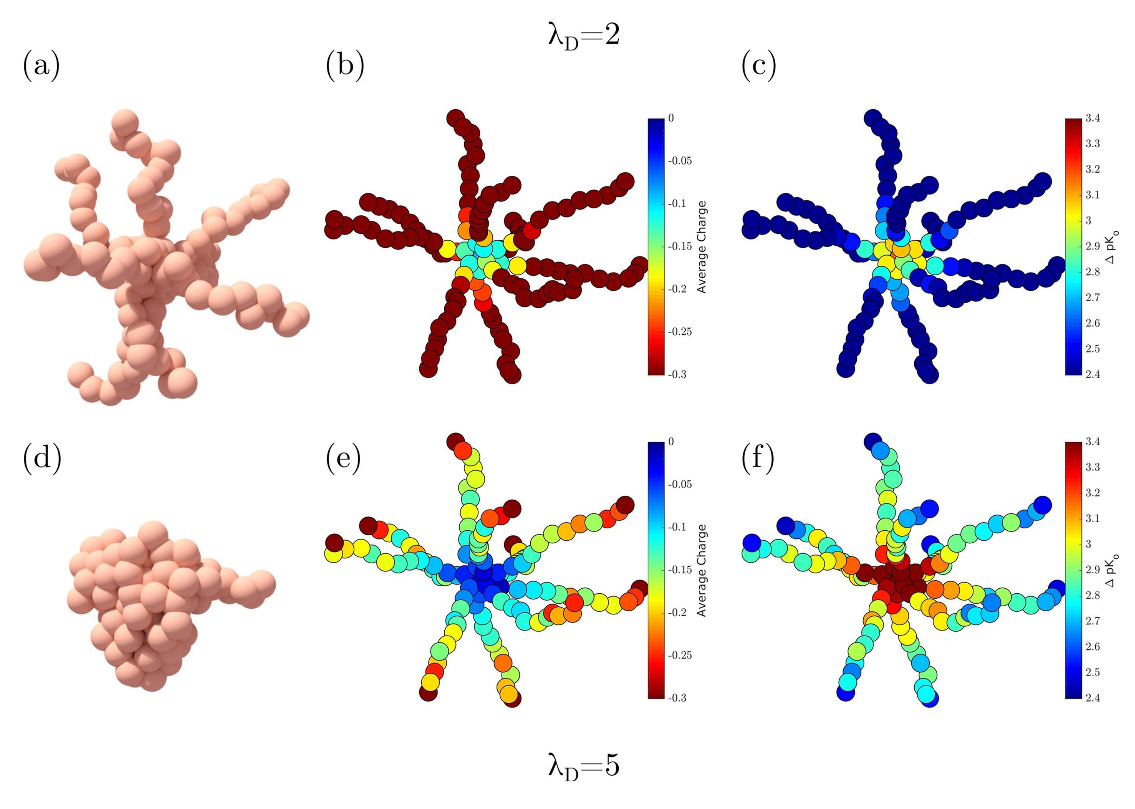Abstract
The development and advancement of human civilizations are largely tied to materials science. Accordingly, historians and archeologists often divide history into time periods based on the materials in manufactured tools and devices—in the three-age archaeology system, such a classification scheme divides human technological history into the Stone Age, Bronze Age, and Iron Age. In the Stone Age, natural materials such as stone, wood, and bone were used to make weapons and implements with an edge, a point, or a percussion surface, thereby enabling our ancestors to butcher animals, dig up roots, and crack hard-shelled nuts. Interestingly, separation of the genus Homo (man) from Australopithecus (southern ape) occurred about the same time as the advent of these tools, leading some to deduce that the utilization of stone, wood, and bone played a major role in our evolutionary process. The Bronze Age marked the period in history when metals were regularly utilized in the manufacture of weapons and tools. The key prerequisite to the Bronze Age was the development of smelting, or the process of extracting metal from ore. The first metal to be smelted was copper, but given its limited yield strength, artisans eventually learned to dissolve tin and arsenic into the molten copper and create bronze and copper-arsenic alloys, thus strengthening the metal and lowering the smelting temperature. This increased focus on metallurgy inadvertently aided in the rise of urbanization, given that mining, smelting, and casting required labor specialization and surplus food production to support the artisans, whereas the search for raw materials motivated exploration and colonization of new territories. Eventually, advances in smelting resulted in bronze being surpassed by iron, which led to the Iron Age. The advantages to the evolution were two-fold: (1) iron is the more abundant material and (2) iron can be alloyed and heat treated to create a higher-strength material in the form of steel. The iron and steel industries expanded rapidly during the Industrial Revolution, as manufacturers used coke instead of charcoal for smelting iron and steam-powered machines in place of manual hammering for rolling. This rapid expansion had several consequences. On the front end of production, coal mining surged to provide fuel for iron smelting, which required significant additions to the labor force (e.g., mining and metallurgy for production) and infrastructure (e.g., railways for transportation). On the back end of production, machine building expanded rapidly, which enabled new inventions such as the spinning machine and steam engine to move from prototypes to mass production much faster.
